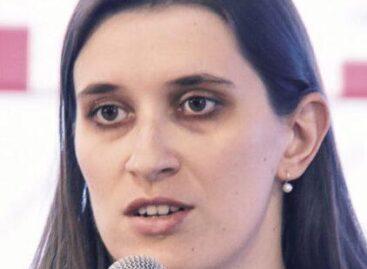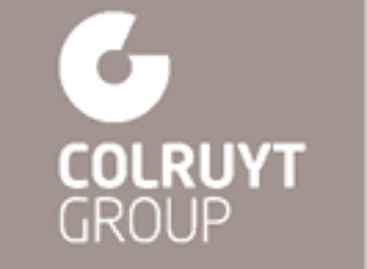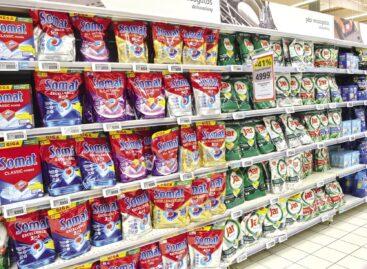Internal and external equilibrium improve
The forecast prepared by GKI Economic Research Co. in co-operation with Erste Bank shows that the Hungarian economy gets out of the growth hole in the second half of the year – despite the deteriorating European economic environment.
In Q2 2008 GDP decreased by 0.1% compared to
the previous quarter in the EU, while it increased by 0.6% in
Hungary. Thus, the growth of the Hungarian economy compared to the
corresponding period of the previous year was somewhat faster, than
the 1.7% average of the EU, although its growth continued to be much
slower than that of the new member states. The stronger than expected
slowdown of the European – especially German – economy and the
deteriorating European business confidence limit the growth
possibilities in Hungary. This is true even though the two most
important engines of this year’s development are the cessation of
the decline in the public services and the spectacular development of
the agriculture.
In June industrial production was less than
a year earlier. Exports that produced a two digit growth in the first
four months of the year basically stagnated in June. In the first
five months the expansion of the Hungarian exports to the EU was less
than 10%, but around 30% to non-EU countries. Growing share of
exports goes to the dynamically developing new member states of the
EU and domestic demand is slowly expanding – thus, the 5-6%
industrial growth observed in the first half of the year hopefully
will continue further. In the first half of the year the performance
of the construction industry was by 10%, the retail trade turnover by
2% below the level of the corresponding period of the previous year.
Nevertheless, the speed of the decline is slowing down. This year the
number of people employed stagnated in the competitive sector and
decreased in the public sector. As a result, unemployment is higher
than a year ago but lower than at the beginning of this year. Due to
the good agricultural production the economy is expected to grow by
approximately 3%.
In July 2008 prices increased 0.1% compared
with the previous month, while the twelve-month growth was 6.7%. As a
result of the good harvest, decreasing agricultural producer prices,
stabilizing oil prices and strong forint the inflation will slow down
during the coming months of the year to around 5.5% in December. In
the first half of the year real earnings increased 0.5%; they grew
1.5% in the competitive sector and decreased 1.5% in the public
sector. During the year as a whole 2% real earning increase expected
in the competitive sector and stagnation in the budgetary sector.
The forint strengthened abruptly in July and remained strong
in August. The strengthening was caused by the high central bank base
rate and high interest rates of the government papers; although the
improving financial assessment of the region and the improving
external and internal equilibrium also played a role. In the coming
months some weakening of the forint is expected. There may be some
uncertainty and even significant weakening if the minority government
will have difficulty in preparing the 2009 budget. The adoption of
the budget may bring strengthening again, while an eventual rejection
may lead to further weakening. Assuming stable political conditions,
the decreasing inflation and the strong forint may lead to gradual
reduction of the central bank base rate starting from mid autumn.
Related news
Related news
The secret currencies of loyalty
🎧 Hallgasd a cikket: Lejátszás Szünet Folytatás Leállítás Nyelv: Auto…
Read more >Belgium’s Colruyt Group launches data protection initiative
🎧 Hallgasd a cikket: Lejátszás Szünet Folytatás Leállítás Nyelv: Auto…
Read more >Dishwasher or manual washing-up?
🎧 Hallgasd a cikket: Lejátszás Szünet Folytatás Leállítás Nyelv: Auto…
Read more >



